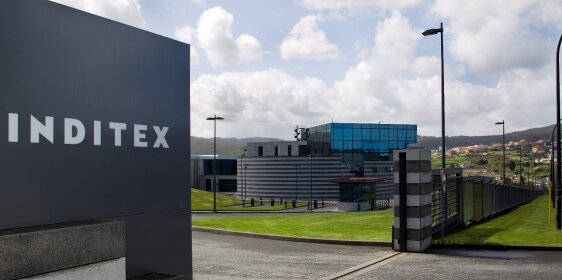
Spain’s richest man, Amancio Ortega, owner and founder of the Inditex Group that houses the country’s biggest fashion houses including Zara, Stradivarious, Mango and Bershka, has been buying up emblematic buildings in major cities across the world for some time now.
To his portfolio of grand constructions, some, hundreds of years old, he has just added the most beautiful … chestnut grove.
The 100 hectares of land are situated in Sobrado dos Monxes, a municipality in La Coruña, not far from the headquarters of Inditex in the region of Galicia.
And, this isn’t just a small plot to produce chestnuts for himself and his family. Amancio is going big and actually entering the agroforestry business.
A few weeks ago, Ortega, the second richest man in the world, with an estimated 76 billion dollars, injected 1.2 million euro into Sobrado Forestal 2014, a company dedicated to all type of forestry work, for the production of native Galician chestnuts that they hope will become a reference for economic and environment sustainability as well as a model of innovation by using the most advanced techniques in the production of the nut.
The area has been selected due to its proximity to the Inditex headquarters, and, fundamentally, because of the exceptional forestry conditions of the land in that region.
And, it seems that the Inditex boss is taking the project very seriously, as he has already appointed his right-hand man in his fashion company as administrator of Sobrado Forestal.
While it may appear a little strange that the world’s leading fashion entrepreneur is branching out into the forestry sector, Ortega’s interest in this type of business actually dates back to 2007.
Since that year, Ortega has been collaborating with the Xunta de Galicia in their Terra Proyecto (Earth Project), which is all about the protection and genetic improvement of the principal species found within the forest (pine, chestnut and cherry trees), as well as the creation of high value forestry areas themselves.
Another main focus is on finding a way to diminish the risk of forest fires in the area, improving fire-prevention techniques and finding ways to repopulate the razed forests after the fires have been quenched.
The region of Galicia is, in fact, the region with the largest production and export of the chestnut. Each year it produces around 15,000 – 20,000 tonnes, which have an estimated value of 30 – 40 million euro. The principal importers include Italy, France, Portugal and the United Kingdom, although Galicia also exports to other countries such as Russia, Mexico, Japan and Saudi Arabia.
Source: www.eleconomista.es
Categories:












